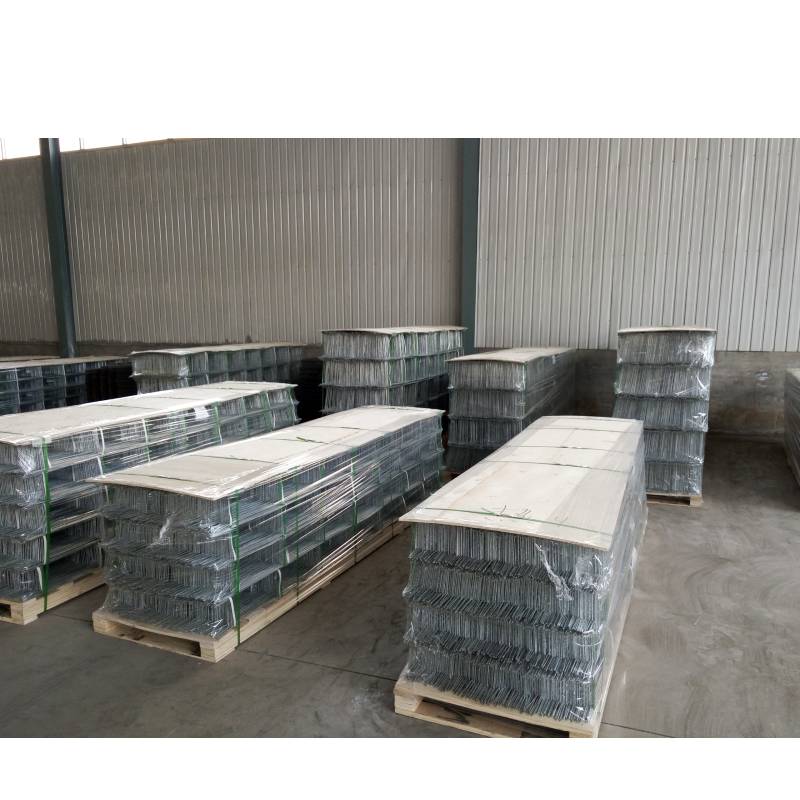
- Mobile Phone
- +8613931874955
- sales@cntcmetal.com
soft compression springs
Understanding Soft Compression Springs Design, Applications, and Benefits
Soft compression springs are essential mechanical components used in various applications across industries. Known for their ability to absorb shock, provide resistance, and store energy, these springs play a critical role in enhancing the performance and longevity of numerous products. This article aims to explore the construction, applications, and benefits of soft compression springs.
What Are Soft Compression Springs?
Soft compression springs are a type of helical spring designed to compress and return to their original shape when a load is applied and then removed. Unlike traditional compression springs that may be made from high-strength materials, soft compression springs are typically composed of softer metals or materials which allow for more flexible loading and unloading. These springs can accommodate larger deflections and are less rigid than their conventional counterparts, making them ideal for applications where gentle support is required.
Design Considerations
The design of soft compression springs is critical to their functionality. Several key factors must be considered
1. Material Selection The choice of material significantly influences the spring's performance. Common materials include stainless steel, nylon, and rubber. Nylon springs, for instance, are lightweight and resistant to corrosion, making them perfect for applications in damp environments. Rubber springs, on the other hand, provide excellent damping characteristics.
2. Spring Rate The spring rate is a measure of the stiffness of the spring and is defined as the amount of force required to compress the spring by a certain distance. Soft compression springs ideally have a low spring rate, allowing them to compress more easily under lighter loads, which is essential for applications like electronic devices.
3. Wire Diameter and Coil Count The diameter of the wire used and the number of coils impact the load capacity and deflection characteristics of the spring. A thinner wire or a higher number of coils results in a softer spring.
Applications of Soft Compression Springs
Soft compression springs are utilized in a vast array of applications
1. Automotive Components In vehicles, they are often used in suspension systems where they help to absorb shocks and provide comfort to passengers. Their softer nature allows for better performance over uneven surfaces.
2. Consumer Electronics Many appliances and devices use soft compression springs in their controls. For instance, keyboard keys and buttons often rely on soft compression springs to ensure a smooth tactile feedback response.
soft compression springs

3. Medical Devices In the medical field, soft compression springs are critical in devices such as inhalers and surgical tools, where precise movements and gentle pressure are necessary.
4. Furniture Manufacturing Soft compression springs are vital in the production of adjustable furniture, such as reclining chairs and adjustable beds, offering users comfort while maintaining structural integrity.
5. Industrial Machinery These springs can also be found in industrial equipment, where they help to manage stress and reduce vibrations, thereby extending the machinery's lifespan.
Benefits of Using Soft Compression Springs
The advantages of soft compression springs make them a preferable choice for many applications
1. Energy Absorption Their ability to absorb and dissipate energy makes them ideal for applications needing shock absorption, thus protecting sensitive components.
2. Customizability Soft compression springs can be easily customized in terms of size, shape, and material, allowing manufacturers to tailor them to specific application requirements.
3. Lightweight Due to the materials commonly used in their construction, these springs tend to be lightweight, making them suitable for portable and lightweight designs.
4. Cost-Effectiveness Soft compression springs are often more affordable than their sturdier counterparts, providing an economical solution without compromising on quality.
5. Reduced Noise Unlike metal springs, which can produce noise when compressed, soft compression springs often provide a quieter operation, making them ideal for quiet environments.
Conclusion
Soft compression springs are versatile components that enhance functionality in a wide range of applications. Their unique characteristics allow for flexible engineering solutions, making them an invaluable asset in modern manufacturing and design. As technology continues to evolve, the demand for soft compression springs will likely grow, with innovations leading to even more efficient and effective designs tailored for specific needs. Understanding their design, applications, and benefits is essential for anyone involved in engineering or product development.
share:
-
Why Sacrificial Formwork Is Redefining Underground ConstructionNewsJun.06,2025
-
The Structural Dynamics of Modern Concrete: How Snake Spacers Revolutionize Flexible ReinforcementNewsJun.06,2025
-
Snake Spacers Smart-Lock Concrete Reinforcement with Surgical PrecisionNewsJun.06,2025
-
Snake Spacers: Reinforcement Precision for Modern Concrete ProjectsNewsJun.06,2025
-
Snake Spacers Powering Concrete's Structural DNANewsJun.06,2025
-
Slither into Success: Snake Spacers' Precision Bite for Unbreakable ReinforcementNewsJun.06,2025
-
Sacrificial Formwork: Building Stronger, Faster, and Safer StructuresNewsJun.06,2025



















